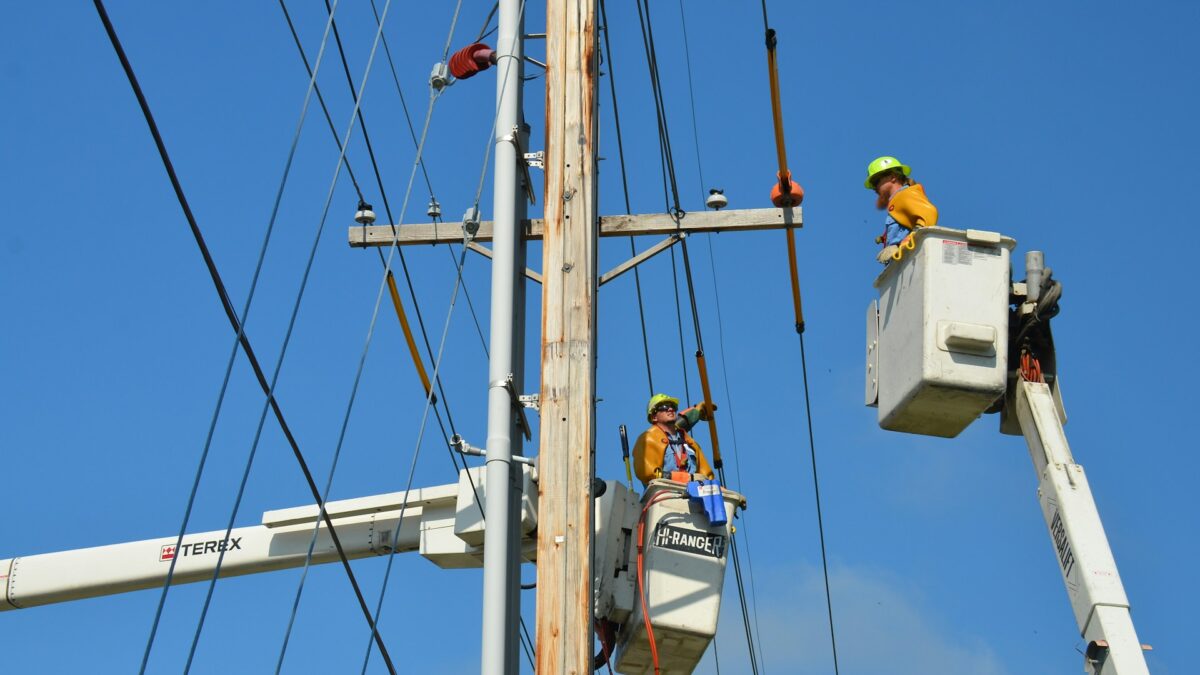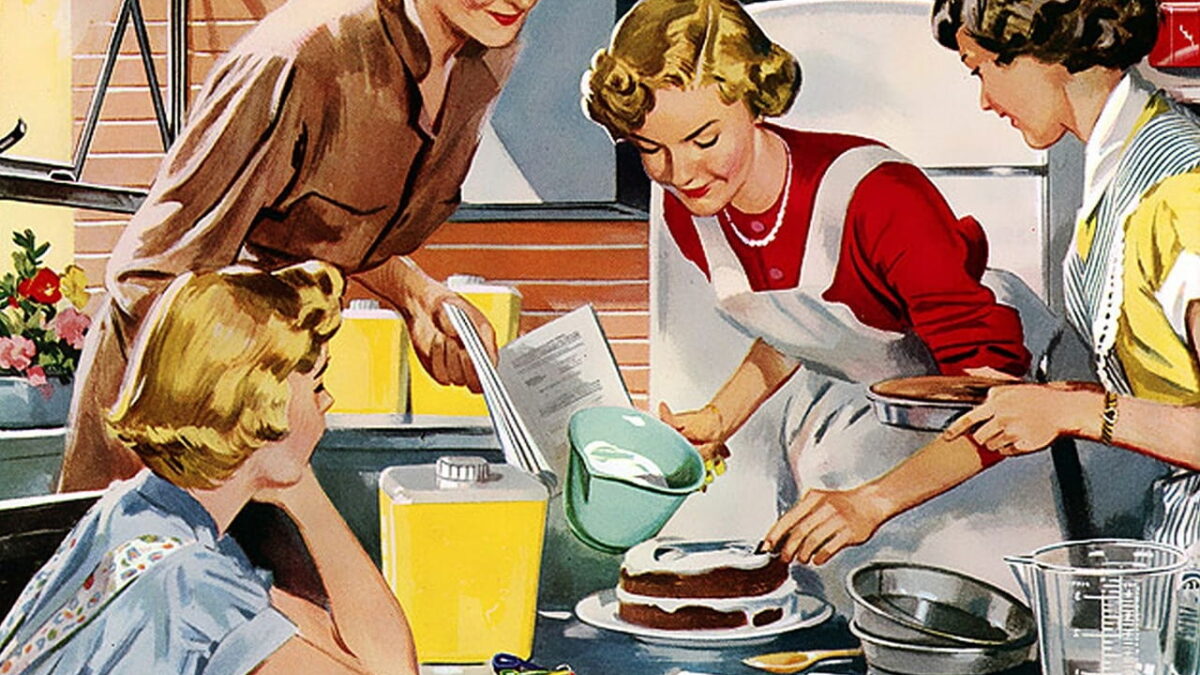
On Tuesday, the Senate is holding a hearing on passing a resolution in favor of the ERA, or the Equal Rights Amendment. This old feminist favorite — a proposed amendment to the U.S. Constitution that purports to guarantee equal legal treatment for both sexes — was originally passed by Congress in the 1970s but never received the requisite approval by the states.
Now the ERA is back, much to the chagrin of common-sense women everywhere, and Democrats are hoping to enshrine it in our Constitution once again by removing the ratification deadline so states may vote in favor of it. The original ERA had a seven-year ratification limit, expiring in 1982.
In the 1970s, the original architects of the ERA may have seen it as an attempt to achieve equality between the two sexes, but there are numerous laws already on the books specifically designed to protect women: the Equal Pay Act, Family and Medical Leave Act, the Pregnancy Discrimination Act of 1978, and many others. There’s no denying the feminist political project has been a success, even if the ERA was a failure. Women now make up a majority of the college-educated workforce in America and are outpacing men in home ownership. (Despite this, there’s a lot of data to suggest that the feminist assumption that liberation from family life and economic achievements would lead to female happiness is wrong.)
The real reason for the renewed interest in the ERA in the face of dramatic and ongoing success of women is that today’s advocates of the ERA quite consciously see it as a tool to embed gender ideology in all facets of American life and obliterate any distinctions between the two sexes in the process. This 2020 report from the liberal think tank Center for American Progress urging the passage of the ERA begins with an “author’s note”:
The author uses the term “sex discrimination” throughout this issue brief to match the language in the ERA’s text. This term is intended to be synonymous with other terms, such as “sex-based discrimination,” “gender discrimination,” or “gender-based discrimination,” all of which are intended herein to be comprehensive and inclusive beyond discrimination based solely upon sex assigned at birth to include discrimination based on gender identity, gender expression, and/or sexual orientation.
This line of reasoning means the arguments against the ERA are pretty straightforward. If ratified, the ERA would remove all legal distinctions between men and women in public life. Women would be drafted the same as men. There would be no such thing as female-only spaces in public, a move that would inevitably affect private spaces as well (think Civil Rights Act-level encroachment). In our current era, that means a man no longer needs the pretext of even “identifying” as a woman to gain access to women’s locker rooms, spas, bathrooms, sports teams, shelters, and prisons. To deny him access on the basis of his sex would be a civil-rights violation.
As such, the ERA would accomplish little for women and much for men, as most feminist legislation is wont to do. Instances of perverted men voyeuristically watching women in female-only spas and even little girls in YMCA pool locker rooms would only increase, as well as cases of sexual harassment, assault, and rape.
But what’s not talked about nearly as much is how the ERA would disproportionately affect low-income women. As Mary Harrington, contributing editor of UnHerd, notes, “advances” in feminism are always won at the cost of poor women. They are the ones who shoulder the burdens wealthy women have discarded — whether child care, housework, or gestation — in the name of liberation. The same is true for the ERA.
As Harrington writes,
It won’t be Clinton feminists who watch the athletic scholarship that was their only prospect of college funding be swept away by someone who went through male puberty. And it won’t be the Clinton feminists who get locked in prisons that are now effectively mixed-sex.
By removing legal distinctions between men and women in the name of “equality,” the ERA will disproportionately harm poor, working-class women. These are the women who count on public facilities — restrooms, locker rooms, even domestic violence shelters — to be sex-segregated. These are the women who rely on athletic scholarships to afford college. Access to these facilities is a form of upward mobility for these women, and that will be trampled if men also have access in the name of “equality.” Of course wealthy women will not have to worry about men invading their female-only spaces. They can afford private pools, private sports lessons, private locker rooms, even private rehabilitative institutions. Not so for the poor.
Already we see how poor, working-class women are being sacrificed at the altar of political correctness in our nation’s prisons. A transgender-identifying Rikers inmate raped a female in the shower last April. A psychopathic transgender-identifying felon raped and impregnated two different female inmates in a New Jersey prison earlier this year. And an inmate in Illinois’ largest female prison was allegedly raped by a transgender-identifying man and then punished for speaking up about it. Such instances will only increase as states continue to relax their laws to please the trans lobby and “equity” crowd.
But imagine how such women will be treated if the ERA passes and sex-segregated prisons become illegal. Democrats and Republicans alike must reject this nightmare disguised as women’s rights, for it hurts the very same people it pretends to protect.









